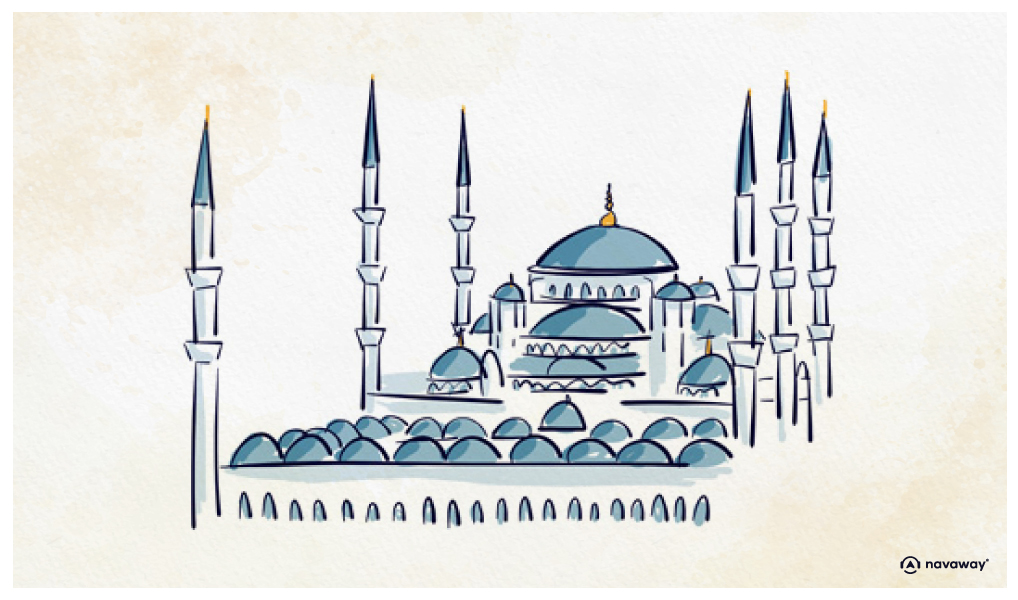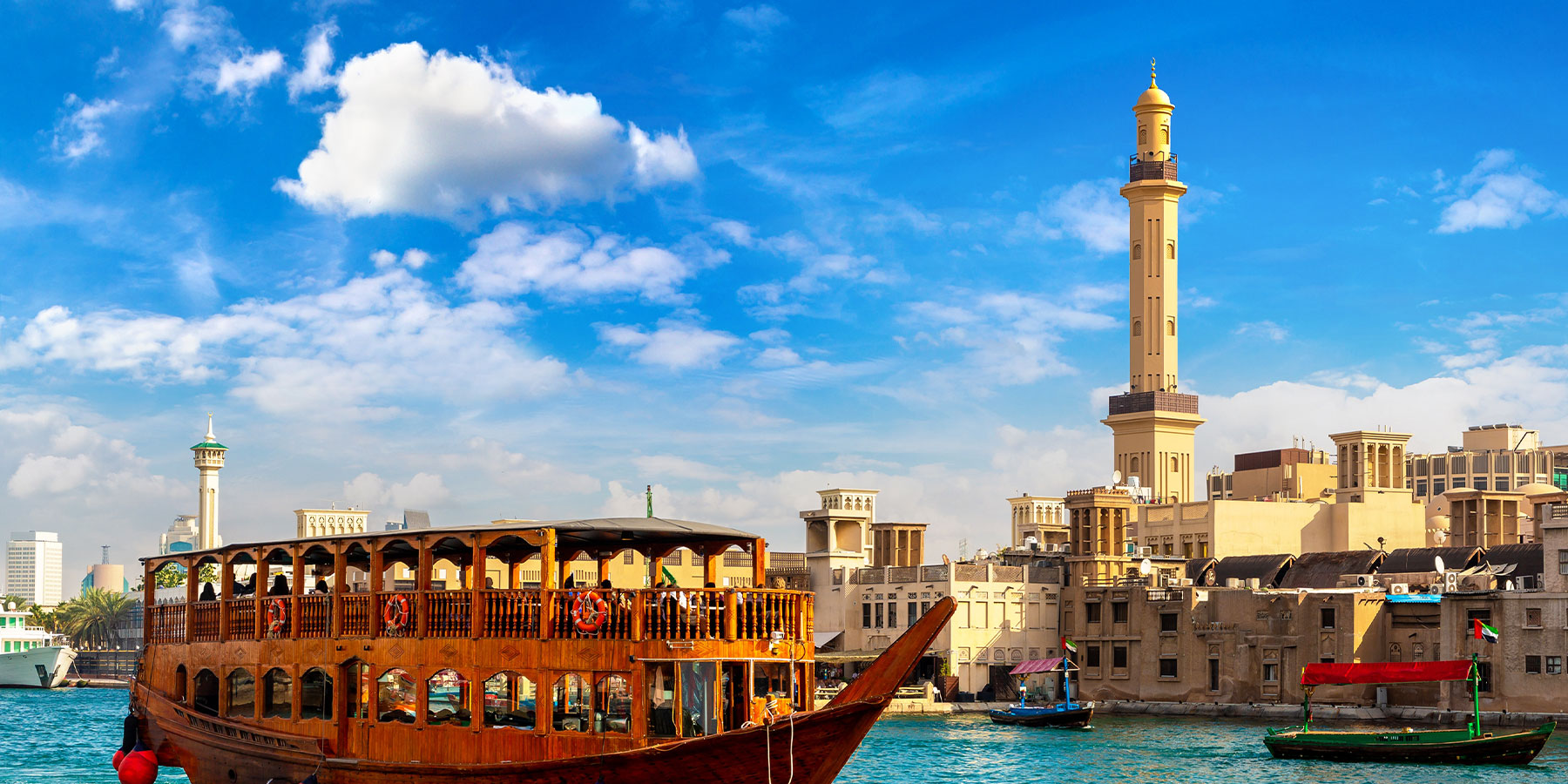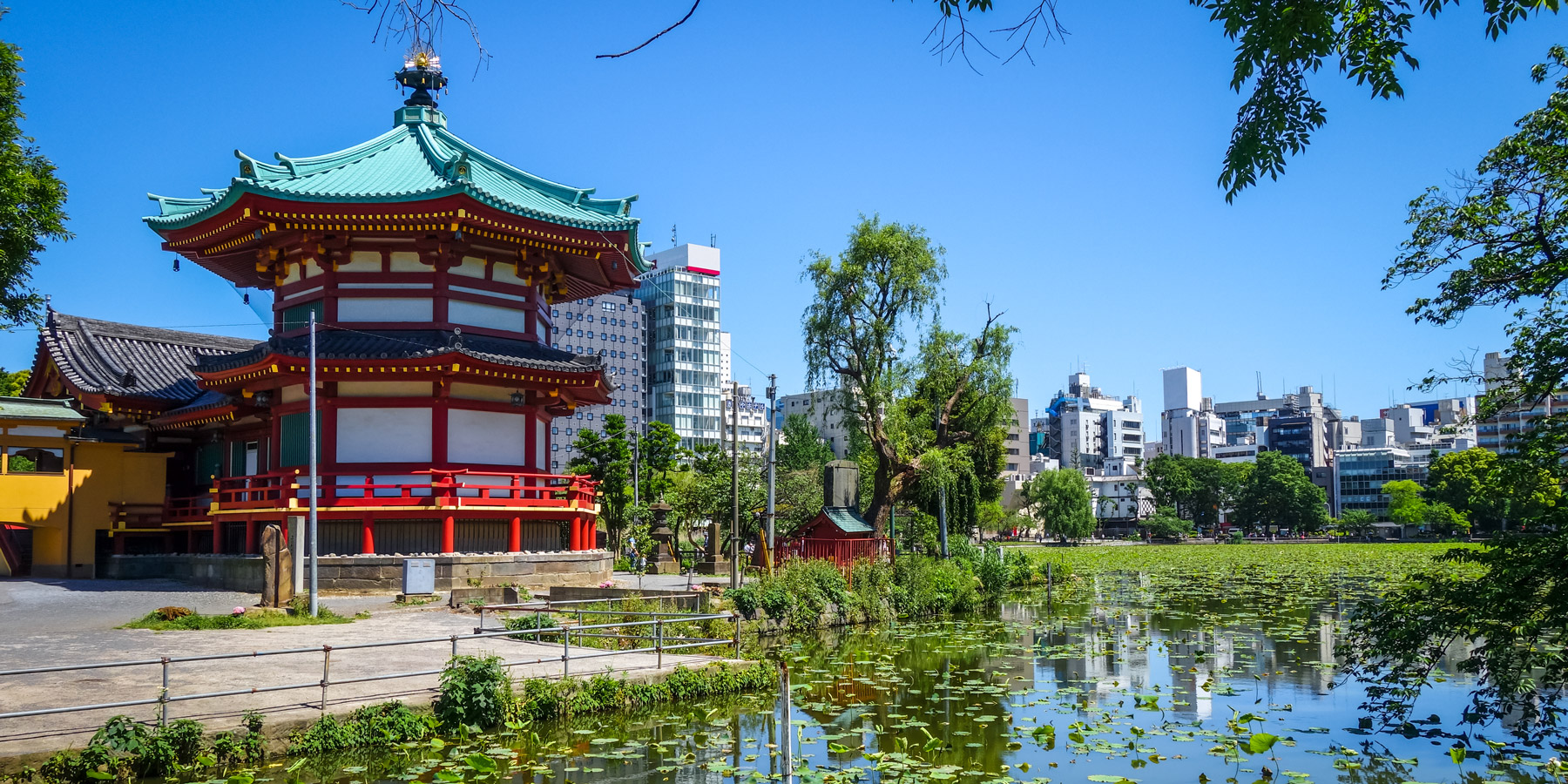
Blue Mosque

This point of interest is available as audio on the tour: Visit Istanbul, from Byzantium to Constantinople, an empire on two continents
Introducing Istanbul’s most famous mosque, the Sultan Ahmed Mosque, or “Sultanahmet Camii” in Turkish. You probably know it as the Blue Mosque, as its interior’s covered in blue and white ceramic tiles, reminiscent of Chinese porcelain. Like all imperial mosques, large or small, it took 7 years to build, spanning the period from 1609 to 1616, during the reign of Sultan Ahmed I. The latter sought to build a great mosque to appease God, following the Ottoman Empire’s lengthy war against the Hapsburg Empire. Previous sultans had built their mosques with the spoils of war, but as he had failed to shine in battle, he dipped into the royal treasury, much to the disapproval of the ulema. The ulema were theologians advising the sultan. But Ahmed was determined. He built his mosque on the site of the former great Byzantine palace, right opposite the Hagia Sophia, the most important mosque in Constantinople back then. To make space for his grand vision, he even bought and tore down a few other palaces. And it was much needed, for as you’ll learn on your visit to Istanbul, mosques are more than just places of worship. They consist of a series of structures, including the founder’s tomb, a madrasa aka a Koranic school, and a hospice for the poor, offering free medical care. As for the architect, Ahmed hired the pupil of the great master Sinan, who had built the Süleymaniye mosque a century earlier. But Ahmed I wasn’t just building a mosque; it was all a question of honor, as he sought to prove that the Ottoman Empire had nothing to envy the Roman Empire. In fact, he wanted to outshine the awe-inspiring Hagia Sophia, built a thousand years earlier by the Emperor Justinian. He even borrowed some design elements, especially for the dome, which he tried to match in size. The dome you see here falls a bit short at 23.5 meters, compared with the 30-meter diameter of Hagia Sophia. The Blue Mosque is a beautiful fusion of Byzantine and traditional Islamic architectural styles. It’s simply stunning! You’ll notice it’s surrounded by 6 minarets. At the time, only the sacred mosque in Mecca had this many! In fact, the sultan found himself obliged to fund the construction of a 7th minaret in Mecca; it was either that, or take away one from his own! Look up and admire the majestic dome supported by massive pillars, each decorated with smaller half-domes. This design does not only look good but also lets in tons of natural light through the many windows, in stark contrast to the dark, gloomy mosques of past centuries. Let’s take a look inside. Admission is free, but remember that the mosque closes for 90 minutes at each prayer time. You can easily tell when it’s prayer time by the chanting of the muezzin at the top of the minaret. Heads up: upon entering the mosque, you’ll be asked to take off your shoes. They’ll provide plastic bags for you to store them in. Both men and women should have their shoulders and legs covered, and women must also cover their hair. Don’t worry if you forgot a headscarf – they have some you can borrow at the entrance. Once inside, you’ll be dazzled by the sunlight streaming in through the 260 windows, illuminating the 21,043 mostly blue Iznik tiles. You’ll also see verses from the Koran, inscribed by one of the greatest calligraphers of his time. But the real showstopper is the mihrab, made of exquisite carved marble. The mihrab is a prayer niche next to the lectern, where the imam stands when delivering his sermon. It points towards Mecca, the holiest city in Islam, which Muslims face during their prayers. The Blue Mosque even served as a starting point for pilgrimages to Mecca! Pope Benedict XVI visited it in 2006 and became the second pope ever to visit a Muslim place of worship, after Pope John Paul II’s visit to Damascus. He even prayed barefoot, facing Mecca, as a token of respect to the Turkish people. The Blue Mosque of Sultan Ahmed is considered the very final masterpiece of classical Ottoman architecture and it’s a UNESCO World Heritage Site.


Discover Istanbul with app
An interactive guide through the most beautiful streets, squares, and districts
22 fun audioguides full of historical facts, anecdotes, and legends





Comments